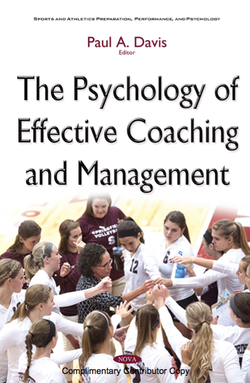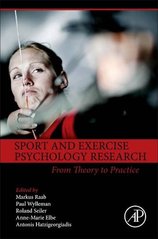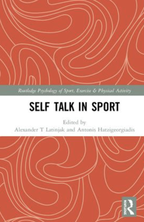In English
1.Papaioannou, A. G., Zourbanos, N., Krommydas, H., & Ampatzoglou, G. (2012). The place of achievement goals in the social context of sport: A critique of the trichotomous and 2x2 models. In G. Roberts & D. Treasure (Eds.), Advances in motivation in sport and exercise (3rd Ed, pp. 59-90). Champaign, IL: Human Kinetics.
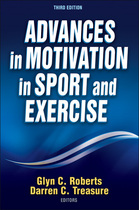
2.Theodorakis, Y., Hatzigeorgiadis, A., & Zourbanos, N. (2012). Cognitions: Self-talk and Performance. In S. Murphy: Oxford Handbook of Sport and Performance Psychology. Part Two: Individual Psychological Processes in Performance, (pp. 191-212). New York. Oxford University Press.
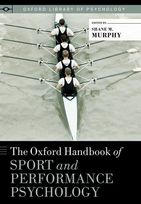
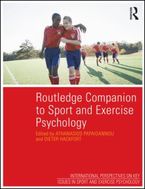
4. Zourbanos, N., Hatzigeorgiadis, A., Kolovelonis A., Latinjak, T. A., & Theodorakis, Y. (2015). The use of self-talk in the organization of a lesson in sport, physical education and exercise settings. In P. Davis: The Psychology of Effective Coaching and Management (pp. 315-328). Nova Publishers
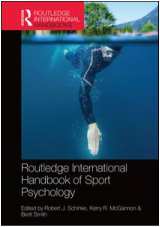
5. Hardy, J., & Zourbanos, N. (2016). Self-talk in sport. In R. Shinke, K. McGannon, & B. Smith. (Eds.). The Routledge International Handbook of Sport Psychology (pp.449-459). Oxfordshire, UK: Routledge.
6. Galanis, V., Hatzigeorgiadis, A., Zourbanos, N., & Theodorakis, Y. (2016). Why self-talk is effective? Perspectives on self-talk mechanisms in sport. In Raab, M., Wylleman, P., Seiler, R., Elbe, A-M, & Hatzigeorgiadis, A. (Eds.), Sport and Exercise Psychology
Research: From Theory to Practice (181-200). London: Elsevier.
6. Galanis, V., Hatzigeorgiadis, A., Zourbanos, N., & Theodorakis, Y. (2016). Why self-talk is effective? Perspectives on self-talk mechanisms in sport. In Raab, M., Wylleman, P., Seiler, R., Elbe, A-M, & Hatzigeorgiadis, A. (Eds.), Sport and Exercise Psychology
Research: From Theory to Practice (181-200). London: Elsevier.
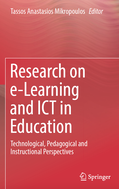
7.Siakavaras, I., Papastergiou, M., Comoutos, N.(2018). Mobile games in computer science education: State of the art and proposal of a mobile game design that incorporates physical activity. In Mikropoulos, T. (Ed.). Research on e-learning and ICT Education (243-255). Springer.
8. Karamitrou A., Galanis, E., Theodorakis, Y., & Comoutos, N. (2020). Organic Self-talk Antecedents: An Interpretative Review and Implications for Practice. In Latinjak, A., & Hatzigeorgiadis, A. (Eds.). Self-talk in Sport (77-90). UK: Routledge.
9. Marjanovic, M., Krommidas, Ch., Mprisimis, E., Papaioannou, A., & Comoutos, N. (2020). Self-talk in Physical Education: Motivational Aspects and a Guide for Physical Education Teachers. In Latinjak, A., & Hatzigeorgiadis, A. (Eds.). Self-talk in Sport (188-200). In Latinjak, A., & Hatzigeorgiadis, A. (Eds.). Self-talk in Sport (188-200). UK: Routledge.
8. Karamitrou A., Galanis, E., Theodorakis, Y., & Comoutos, N. (2020). Organic Self-talk Antecedents: An Interpretative Review and Implications for Practice. In Latinjak, A., & Hatzigeorgiadis, A. (Eds.). Self-talk in Sport (77-90). UK: Routledge.
9. Marjanovic, M., Krommidas, Ch., Mprisimis, E., Papaioannou, A., & Comoutos, N. (2020). Self-talk in Physical Education: Motivational Aspects and a Guide for Physical Education Teachers. In Latinjak, A., & Hatzigeorgiadis, A. (Eds.). Self-talk in Sport (188-200). In Latinjak, A., & Hatzigeorgiadis, A. (Eds.). Self-talk in Sport (188-200). UK: Routledge.
In Greek

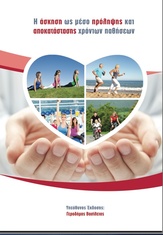
2. Θεοδωράκης, Γ., Ζουρμπάνος, N., Χατζηγεωργιάδης, A., & Δημητρακόπoυλος, Σ. (2014). Άσκηση και κατάθλιψη. Β. Γεροδήμος επιμέλεια, Η άσκηση ως μέσο πρόληψης και αποκατάστασης χρόνιων παθήσεων (σσ. 364-390). [Theodorakis, Y., Zourbanos, N., Hatzigeorgiadis, A., & Dimitrakopoulos, S. (2014). Exercise and depression. In V. Gerodimos (Ed.), Exercise as an intervention strategy for prevention and rehabilitation of chronic diseases, (pp. 364-390)]
3. Θεοδωράκης, Γ., Ζουρμπάνος, N., Χατζηγεωργιάδης, A., Δημητρακόπoυλος, Σ., & Κρομμύδας, Χ. (2014). Άσκηση, στρες και άγχος. Β. Γεροδήμος επιμέλεια, Η άσκηση ως μέσο πρόληψης και αποκατάστασης χρόνιων παθήσεων (σσ. 344-363).[Theodorakis, Y., Zourbanos, N., Hatzigeorgiadis, A., Dimitrakopoulos, S., & Krommydas, Ch. (2014). Exercise, stress and anxiety. In V. Gerodimos (Ed.), Exercise as an intervention strategy for prevention and rehabilitation of chronic diseases, (pp. 344-363)]
